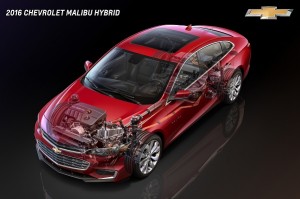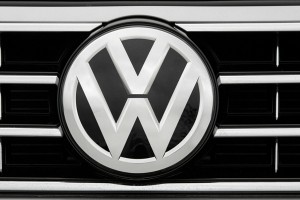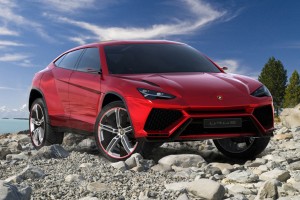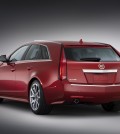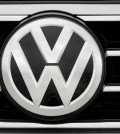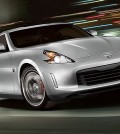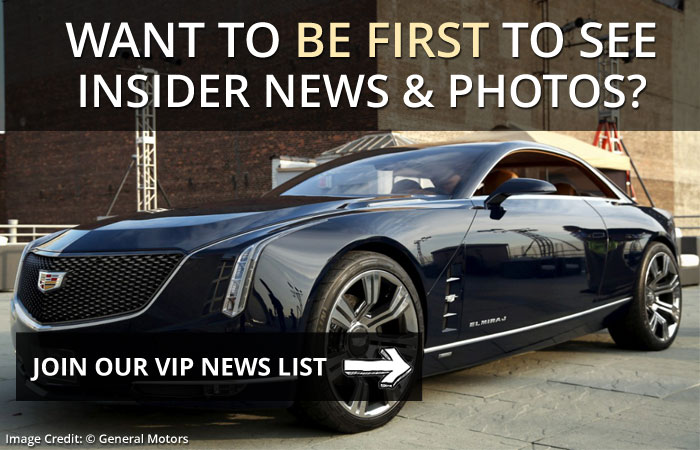Hydrogen Infrastructure In Japan Hits Snags
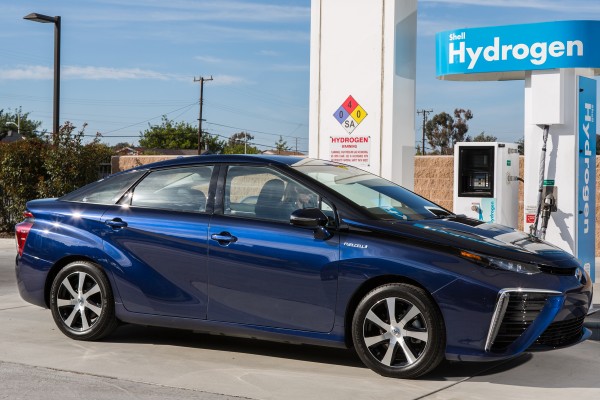 2016 Toyota Mirai (Credit: Toyota)
2016 Toyota Mirai (Credit: Toyota)We previously reported that Japan is moving forward with a bold plan for a hydrogen infrastructure, not only for its cars but also for buildings. Now, this plan has hit a huge stumbling block: government bureaucracy.
» Related: Nissan Reveals the 2016 Titan XD's New Gasoline Engine
More specifically, the problem is regulators haggling over how to certify different hydrogen fuel delivery systems. For example, Bloomberg says that a fueling station made by Honda has been under government review for three years, holding it back from consumers.
Three years.
Honda’s understandably upset and frustrated.
Several Japanese automakers such as Honda, Toyota and Nissan are helping foot the huge bill of establishing a national hydrogen infrastructure. The big goal is to have a functioning system in place before the Olympics in 2020, because that would be really embarrassing to have such a project unfinished when the whole world shows up.
With this ridiculous cycle of government snags, projections for fuel cell vehicle sales in Japan are being downgraded. In a way, it’s reminiscent of the promise made in the United States to have a million electric cars on public roads by 2015, showing that sometimes the adoption of different technologies is very much disrupted by bureaucrats doing what they do best: wasting everyone’s time.
This news doesn’t mean that hydrogen adoption is going the way of the dodo. People are imagining all sorts of applications for fuel cells, including a company that’s developing fuel cell bicycles. As Ecomento points out, Kia has become one of the biggest advocates of hydrogen as an alternative fuel source. The website reports that the Koreans will have a dedicated fuel cell model in 2020, something Toyota has already done with the Mirai.
Instead of taking an either-or approach like Toyota, Kia is following a similar philosophy as Honda. It’s working on developing more hybrids, plus pure-electric vehicles and hydrogen fuel-cell models. When 2021 rolls around, the brand should have 11 alternative-fuel models. This is at least in part to keep up with the tightening government emissions and fuel economy standards, which is exactly what the Obama administration aimed to do with CAFE. So while Japan is running into problems, that doesn’t mean hydrogen won’t catch on there or elsewhere in the world.
